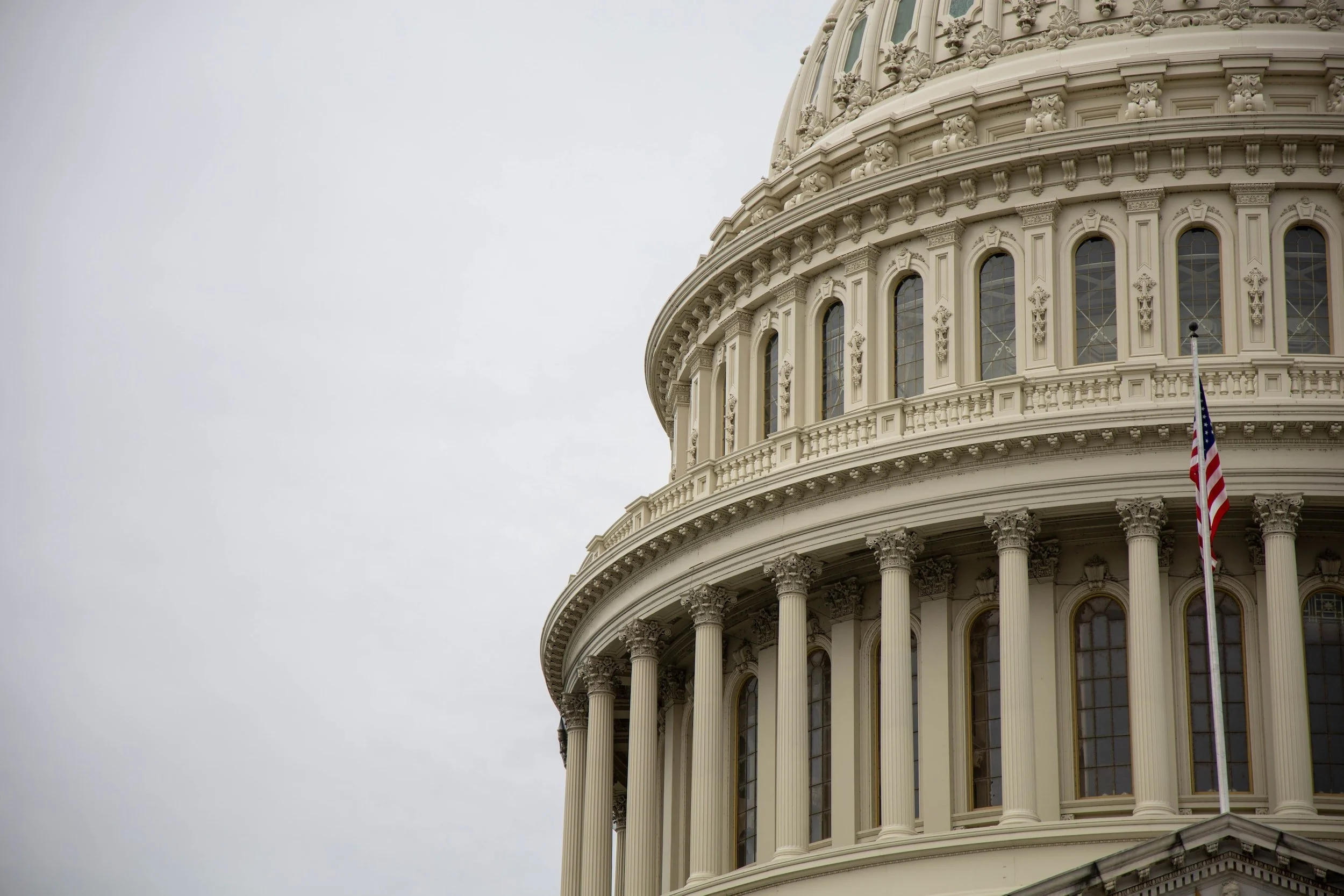HOT TAKES. ONE PLACE.
There's a LOT to know about insurance. So, whether you've got a specific question or just want the 411 on what we do, click around on the articles below.
HR-to-Employee Metrics
Deciding how many HR professionals an organization needs to operate effectively is a hotly debated topic. Some organizations rely on metrics to guide them in making this decision. One of the most common metrics organizations use when deciding whether to hire HR professionals is the HR-to-employee ratio. When properly analyzed, this ratio can aid employers in meeting their HR needs and benchmarking their organizations against others.
Tips for Training Managers on FMLA Compliance
The Family and Medical Leave Act (FMLA) is a federal law providing eligible employees of covered employers with unpaid, job-protected leave for specified family and medical reasons. In general, eligible employees may take up to 12 weeks of leave each year for FMLA-qualifying reasons, including for treatment of a serious health condition.
Improving HR Activities With Low- and No-code Development
More businesses are exploring low- and no-code development, which enables employees outside of IT to design and develop software solutions to problems specific to their function. A low-code development platform requires users to have little or no coding experience, increasing accessibility and feasibility for many functions and teams, including HR professionals. Similarly, no-code platforms require no coding experience.
Handling Errors Made During Open Enrollment
Despite an employer’s best efforts to ensure a successful open enrollment, it’s likely that some employees will still miss the enrollment deadline or mistakenly select the wrong benefits. Employees in these situations may ask their employer to allow them to correct their mistakes.
Recession-proofing Strategies for Small Businesses and Their HR Teams
A recession is a prolonged and pervasive reduction in economic activity. Generally speaking, multiple successive quarters of negative growth in gross domestic product—a monetary calculation of the market value of goods and services generated and sold during a set time period within a given country—constitute a recession.
Preventing Burnout During the 2022 Holiday Season
According to Microsoft research, nearly half of employees have reported that they are burnt out at work. The World Health Organization defines burnout as a syndrome resulting from workplace stress that has not been adequately managed. Everyday life is hectic enough without the added stress of the holidays.
Surgeon General Releases New Framework For Mental Health And Well-being In The Workplace
The U.S. surgeon general released a new framework outlining how the workplace can promote the health and well-being of employees. It’s vital that employers take time to invest in the mental health and well-being of their employees.
Strategies for Encouraging Employee Health Care Shopping
Many Americans pay attention to prices and shop around when buying gas, groceries or big-ticket items like automobiles, but most don’t do the same for their health care. A survey from AKASA, a health care artificial intelligence company, revealed that nearly two-thirds (64%) of Americans have never tried to find the price of a health care service.
6 Common Mistakes to Avoid When Choosing a Health Plan
Health insurance may be one of the most critical annual purchases since it impacts your physical, mental and financial wellness. Unfortunately, selecting a health insurance plan can feel overwhelming. With so many options, it can also be easy to make a mistake when selecting coverage.
Identifying and Retaining Key Employees
Identifying and retaining key employees is especially important in light of ongoing attraction and retention difficulties many employers have been facing. According to Zywave’s 2022 Attraction and Retention Survey, more than 75% of employers consider attraction and retention to be among their top five business challenges.
A Primer on Medical Trend
Current health care costs in the United States are high and rising. For many individuals, their health care costs outpace their wages. Since 2010, medical trend has grown by 73%, according to the Council for Affordable Health Coverage (CAHC). This is approximately four times faster than the average American’s wage and five times quicker than the consumer price index.
Pay Transparency
Pay transparency is when an employer openly communicates pay-related information through established practices to current or prospective employees. Employers can provide this information through various channels, such as online job sites, job postings or during an interview. As a result of changing labor markets, more and more employees are demanding pay transparency.
Summary of the 2022 Employer Health Benefits Annual Survey
Each year, the Kaiser Family Foundation conducts a survey to examine employer-sponsored health benefits trends. This document summarizes the main points of the 2022 Employer Health Benefits Survey.
Employee Engagement Tips to Prevent Quiet Quitting
“Quiet quitting” continues to be an emerging trend where workers only do what their job description entails without going above and beyond. Or, this could mean only doing work directly assigned to them by a manager, while not looking for other ways to contribute to a team.
Employer Takeaways From the Speak Out Act
On Nov. 16, 2022, the U.S. House of Representatives passed the Speak Out Act, prohibiting courts from enforcing nondisclosure and nondisparagement clauses between employers and their employees and independent contractors that were in place before sexual harassment and assault disputes. The U.S. Senate signed the bill on Sept. 29, 2022.
Job Openings Dropped in October but Remain High
The U.S. Bureau of Labor Statistics (BLS) recently released its October Job Openings and Labor Turnover Summary. The month’s reported number of job openings decreased by 353,000 to 10.3 million as the Federal Reserve (Fed) increased interest rates in an effort to cool the labor market. October’s number of job openings is down 760,000 compared with a year ago, resulting in 1.7 job openings for each unemployed worker.
Average Hospital Stay Costs Have Nearly Doubled Since 2004
According to recent data compiled by online personal finance website ValuePenguin, U.S. workers making $26.22—the national average hourly earnings—must work 504 hours to cover a typical out-of-pocket hospital stay. The data revealed that the average hospital stay is 4.6 days, and it costs patients without insurance an average of $2,873 per day for inpatient and outpatient treatment.
Health Plans Must Provide Price Comparison Tool for 2023
Beginning in 2023, group health plans and health insurance issuers must make an internet-based price comparison tool available to participants, beneficiaries and enrollees. The purpose of this tool is to provide consumers with real-time estimates of their cost-sharing liability from different providers for covered items and services, including prescription drugs, so they can shop and compare prices before receiving care.
5 Things to Consider During Open Enrollment
Open enrollment season—the annual period when you enroll in a health insurance plan—is now in full swing. For employer-sponsored plans, you should expect your employer to provide information about open enrollment during this time. There are several things you may want to consider when selecting a health insurance plan and this article covers some common considerations.
What Employers Should Know About the WARN Act
The Worker Adjustment and Retraining Notification Act (WARN) took effect in 1989 to protect workers, their families and communities by ensuring workers receive advance notice about qualified plant closings and mass layoffs. With sufficient notice, workers can better plan for and adjust to a loss of employment, and communities are better able to cope with large-scale job loss.





















